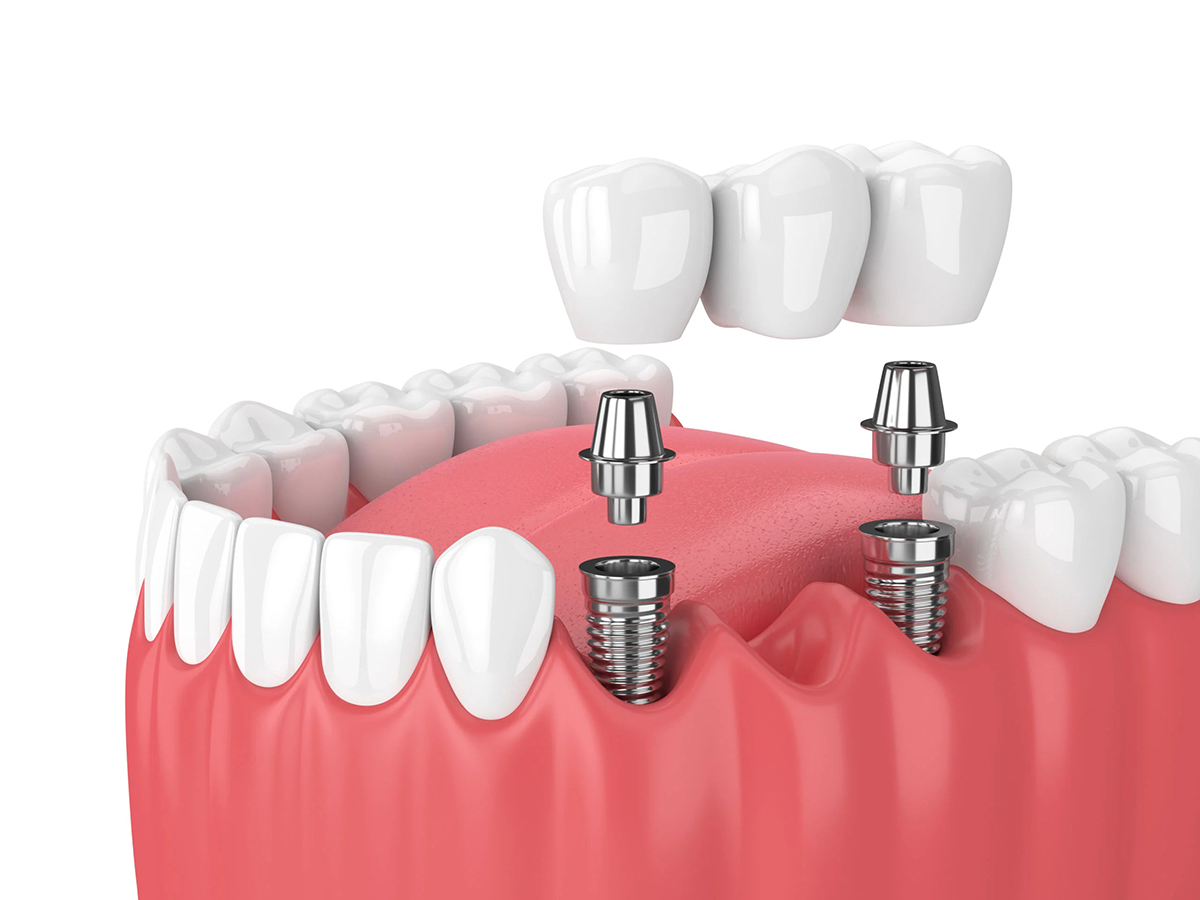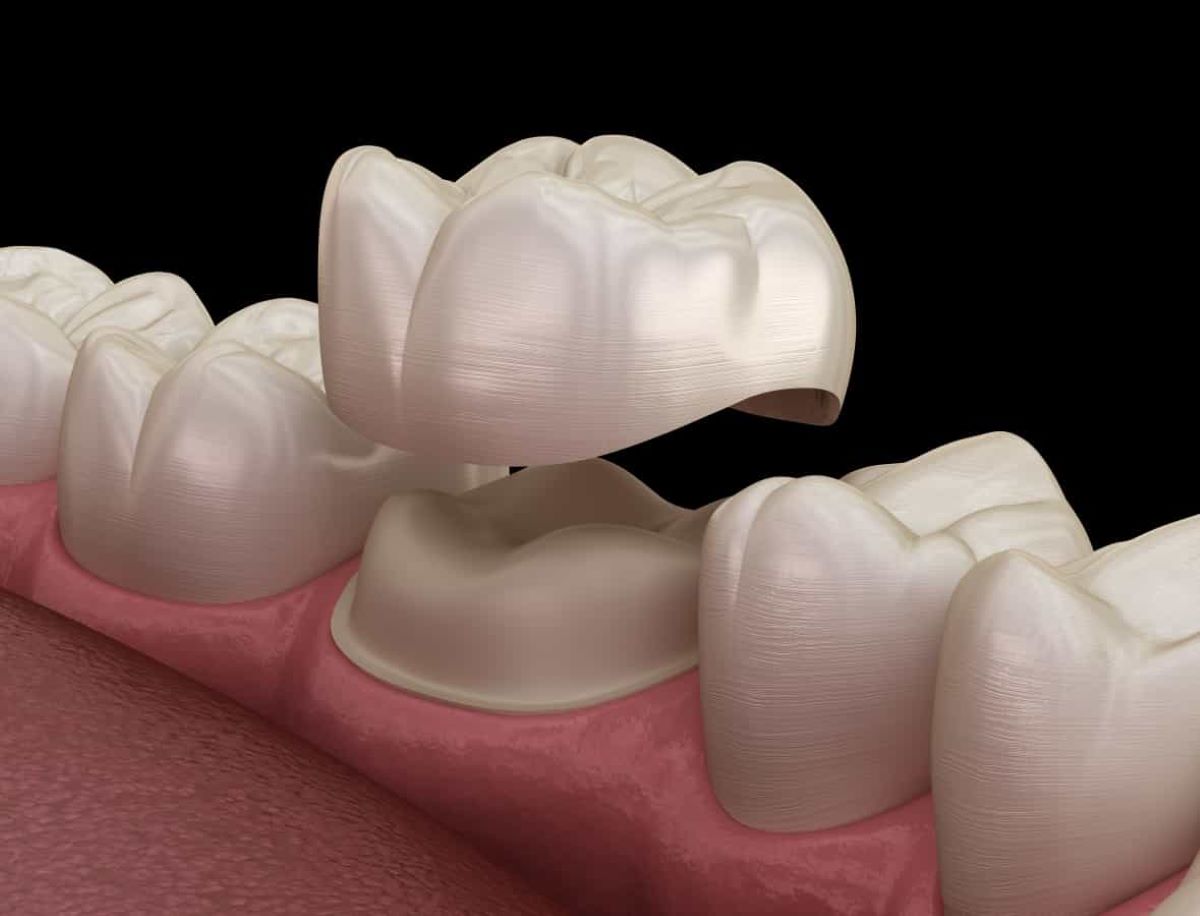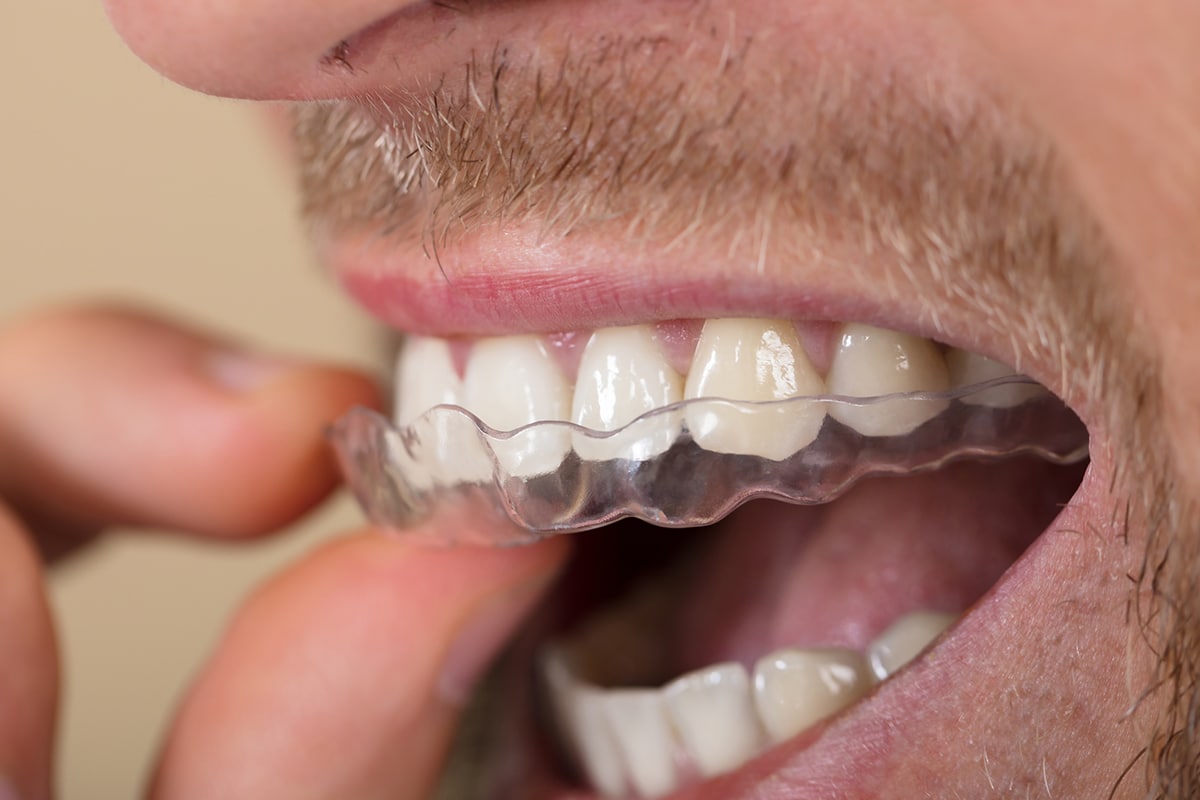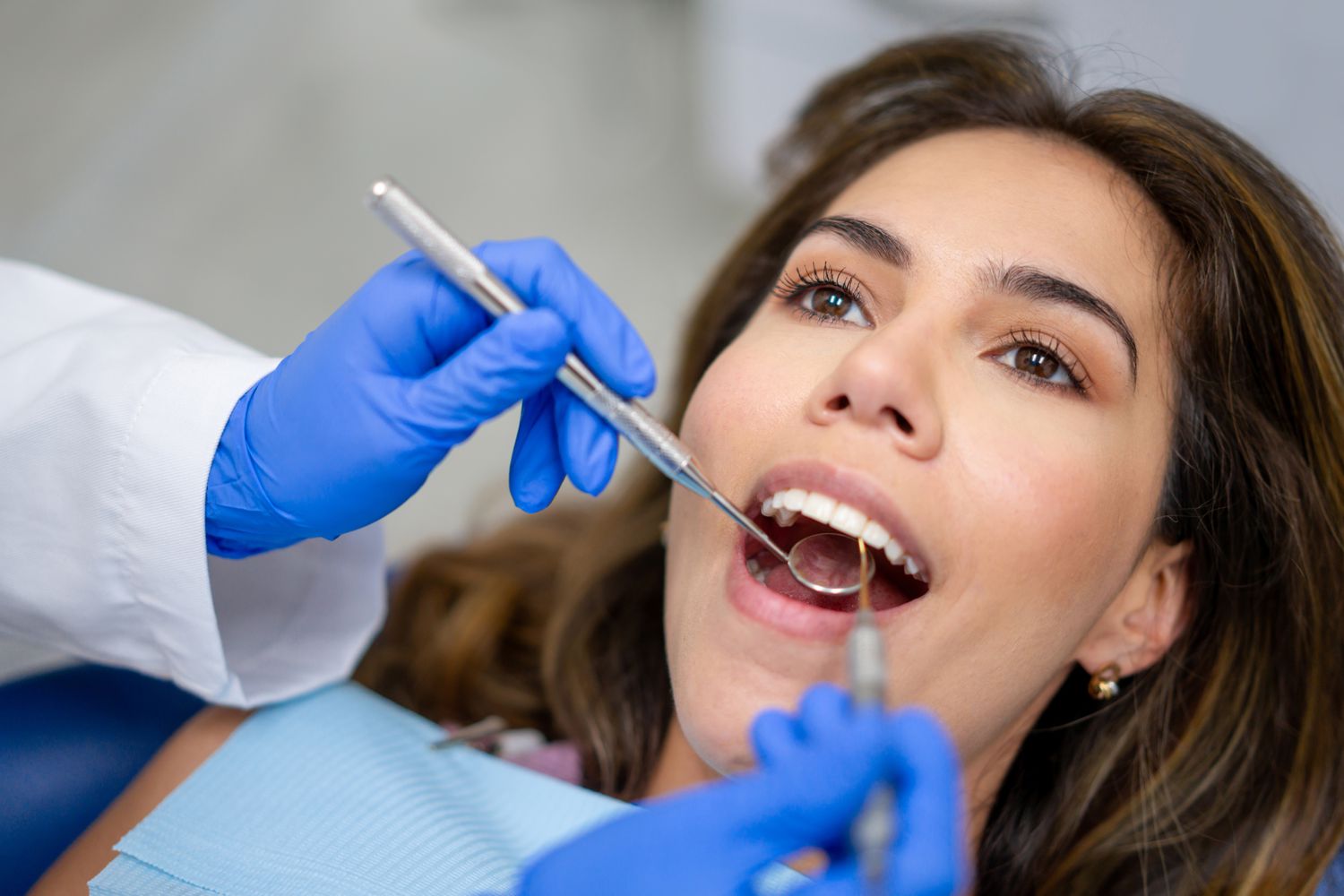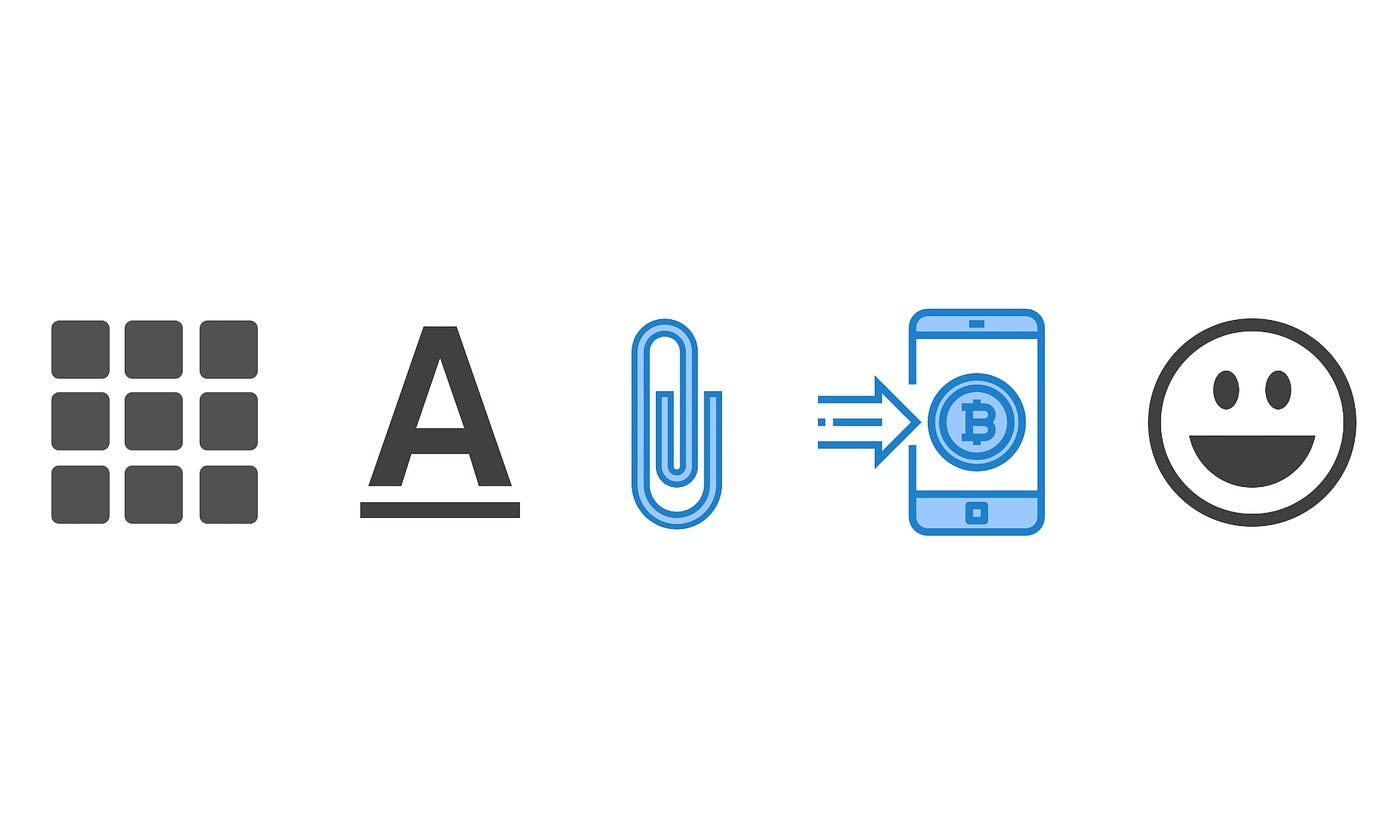Home>Finance>How Much Does Dental Insurance Cover For Crowns


Finance
How Much Does Dental Insurance Cover For Crowns
Modified: December 30, 2023
Discover how dental insurance can help cover the cost of crowns and improve your oral health. Learn more about the financial benefits of dental insurance.
(Many of the links in this article redirect to a specific reviewed product. Your purchase of these products through affiliate links helps to generate commission for LiveWell, at no extra cost. Learn more)
Table of Contents
- Introduction
- Understanding Dental Insurance Coverage for Crowns
- Types of Dental Insurance Plans
- Common Coverage for Dental Crowns
- Percentage Coverage for Dental Crowns
- Annual Maximum Limit
- Deductibles and Copayments
- Preauthorization and Waiting Periods
- Out-of-Network vs. In-Network Coverage
- Tips for Maximizing Dental Insurance Coverage for Crowns
- Conclusion
Introduction
When it comes to dental health, taking care of your teeth and addressing any dental issues promptly is crucial. However, dental procedures can sometimes be expensive, leaving many individuals wondering how they can afford the necessary treatments. This is where dental insurance comes into play, providing some financial relief by covering a portion of the costs.
One common dental procedure that often requires insurance coverage is getting a dental crown. Dental crowns are tooth-shaped caps that are placed over a damaged or decayed tooth to enhance its strength, functionality, and appearance. They can help protect weak teeth, restore broken or severely decayed teeth, and improve the overall aesthetics of your smile.
Understanding how much your dental insurance will cover for dental crowns can help you plan your budget and make informed decisions about your oral health. In this article, we will explore the various aspects of dental insurance coverage for crowns, including types of dental insurance plans, common coverage for dental crowns, and tips for maximizing your benefits.
So, whether you’re considering getting a dental crown or already have one, let’s dive into the world of dental insurance and how it can help you manage the costs associated with this dental procedure.
Understanding Dental Insurance Coverage for Crowns
Dental insurance coverage can vary extensively depending on the type of plan you have. It’s essential to have a clear understanding of your policy to know what to expect when it comes to coverage for dental crowns.
Typically, dental insurance coverage for crowns falls under major dental procedures. These procedures often have different coverage levels and may require specific criteria to be met before coverage is provided.
Before diving into the details of coverage, it’s important to note that dental insurance plans often categorize their coverage into three main types: preventive, basic, and major. While preventive services like cleanings and exams are usually fully covered or have minimal out-of-pocket costs, more complex procedures like dental crowns fall into the major category.
Major dental procedures, including dental crowns, typically have lower coverage percentages and may require out-of-pocket expenses from the patient. However, the specifics of coverage can vary widely depending on your insurance provider and the type of plan you have.
Some insurance plans may have waiting periods, meaning you need to have the plan for a certain period before you can access coverage for major procedures like crowns. Additionally, preauthorization from the insurance company may be required before getting a crown to ensure that it’s deemed necessary and eligible for coverage.
It’s important to review your insurance policy and speak with your insurance provider directly to understand the details of your coverage, including any limitations, waiting periods, and preauthorization requirements.
Having a clear understanding of your dental insurance coverage for crowns will help you plan and budget accordingly, ensuring that you make the most of your benefits while minimizing any unexpected expenses.
Types of Dental Insurance Plans
When it comes to dental insurance plans, there are several types available, each with its own coverage options and limitations. Understanding these different types can help you determine how much coverage you’ll receive for dental crowns.
1. Preferred Provider Organization (PPO) Plans: PPO plans offer a network of dentists and dental specialists that have agreed to provide services at discounted rates to plan members. With a PPO plan, you have the flexibility to choose any dentist, but you’ll typically receive higher coverage if you visit an in-network provider. Out-of-network coverage may still be available, but typically at a lower percentage.
2. Health Maintenance Organization (HMO) Plans: HMO plans require you to choose a primary care dentist from a network of approved providers. Your primary dentist will refer you to specialists within the network as needed. HMO plans generally have lower monthly premiums but may have more restricted provider choices compared to PPO plans.
3. Dental Indemnity Plans: Dental indemnity plans, also known as traditional or fee-for-service plans, offer the most flexibility when it comes to choosing a dentist. These plans typically have higher premiums but provide coverage for a percentage of the dental services, including dental crowns, regardless of whether you see an in-network or out-of-network provider.
4. Discount Dental Plans: Discount dental plans are not insurance plans but rather membership programs that provide discounted rates on dental services. These plans involve paying an annual fee to access a network of participating dentists who offer reduced rates for their services, including dental crowns.
It’s important to review the specifics of your dental insurance plan to understand which type you have and what coverage options are available. Additionally, consider whether your plan has any restrictions, waiting periods, or preauthorization requirements that may affect your coverage for dental crowns.
By understanding the type of dental insurance plan you have, you can better navigate your coverage options and make informed decisions regarding your dental crown procedure.
Common Coverage for Dental Crowns
When it comes to dental insurance coverage for crowns, it’s important to understand what is typically covered and what expenses you may be responsible for. While coverage may vary depending on your specific plan, there are some common aspects to consider.
Most dental insurance plans cover a portion of the cost of dental crowns, typically ranging from 50% to 80% of the allowed amount. The allowed amount is determined by the insurance company and is often based on the average fees charged by dentists in a specific geographic area.
It’s important to note that the percentage covered by insurance applies to the allowed amount, not necessarily the total cost of the crown. If your dentist charges more than the allowed amount, you may be responsible for paying the difference in addition to your share of the covered percentage.
Additionally, insurance plans often have an annual maximum limit, which is the maximum amount they will pay for dental procedures in a calendar year. This limit can range from a few hundred dollars to a few thousand dollars, depending on your plan. If the cost of your dental crown exceeds the annual maximum, you will be responsible for paying the remaining balance out of pocket.
Some insurance plans may also have deductibles and copayments. A deductible is the amount you must pay out of pocket before your insurance coverage kicks in. A copayment, on the other hand, is a fixed amount you pay for each visit or procedure. These costs can vary depending on your plan and can impact your out-of-pocket expenses for dental crowns.
Furthermore, some insurance plans may require preauthorization for dental crowns. This means that before the procedure, you need to get approval from your insurance company to ensure they consider it necessary and eligible for coverage.
It’s important to review your insurance policy documents or contact your insurance provider directly to understand the specific coverage details for dental crowns. This will help you budget and plan accordingly, taking into account any potential out-of-pocket expenses.
By understanding the common coverage aspects for dental crowns, you can make informed decisions about your oral health and financial responsibilities.
Percentage Coverage for Dental Crowns
The percentage of coverage provided by dental insurance for dental crowns can vary depending on your specific plan. Most insurance plans offer coverage ranging from 50% to 80% of the allowed amount for the procedure.
As mentioned earlier, the allowed amount is determined by the insurance company and is based on the average fees charged by dentists in your geographic area. It’s important to note that the percentage coverage applies to the allowed amount, not the total cost of the crown.
For example, let’s say your dental crown procedure has an allowed amount of $1,000 and your insurance plan offers 70% coverage. In this case, your insurance would cover $700 of the allowed amount, leaving you responsible for the remaining 30% or $300 out of pocket.
It’s crucial to review your specific plan documents or contact your insurance provider to understand the coverage percentage for dental crowns. This will give you a clear idea of what to expect in terms of financial responsibilities.
Keep in mind that if your dentist’s fees exceed the allowed amount, you may be responsible for paying the difference in addition to your share of the percentage coverage. It’s always a good idea to discuss the cost and coverage details with your dentist before proceeding with the crown procedure.
Lastly, it’s important to be aware of any annual maximum limits on your dental insurance plan. The annual maximum is the maximum amount the insurance company will pay for dental procedures within a specific calendar year. If the cost of your dental crown exceeds the annual maximum, you may be responsible for paying the remaining balance out of pocket.
Understanding the percentage coverage provided by your dental insurance plan for dental crowns will help you budget and plan for any potential out-of-pocket expenses. It’s recommended to review your plan details and consult with your insurance provider to get a clear understanding of your coverage.
Annual Maximum Limit
When it comes to dental insurance coverage for dental crowns, an important factor to consider is the annual maximum limit. The annual maximum refers to the maximum amount of dental expenses that your insurance plan will cover in a given calendar year.
The annual maximum limit varies from one dental insurance plan to another and can range anywhere from a few hundred dollars to several thousand dollars. It’s essential to review your insurance policy or contact your insurance provider directly to determine your specific plan’s annual maximum limit.
For example, let’s say your dental insurance plan has an annual maximum limit of $1,500. If the cost of your dental crown exceeds this limit, you will be responsible for paying the difference out of pocket.
It’s crucial to keep track of your dental expenses throughout the year to ensure that you do not exceed your annual maximum limit. Be mindful that other dental treatments and procedures throughout the year, such as cleanings, fillings, or extractions, will also count towards your annual maximum limit.
Once you reach your annual maximum limit, any additional dental costs will be your responsibility until the start of the next calendar year when your benefits reset. It’s essential to plan your dental treatments accordingly and prioritize your oral health needs to make the most of your insurance coverage.
Understanding your annual maximum limit will help you budget for dental crown expenses and ensure that you are aware of any out-of-pocket costs that may arise if your treatment exceeds the coverage provided by your insurance plan.
Keep in mind that the annual maximum limit can vary between insurance plans, so it’s important to review your specific policy to get a clear understanding of the coverage and limitations related to dental crown treatments.
By being aware of your annual maximum limit, you can make informed decisions about your dental treatments and utilize your insurance benefits efficiently.
Deductibles and Copayments
When it comes to dental insurance coverage for dental crowns, it’s important to understand the role of deductibles and copayments. These are key aspects that can impact your out-of-pocket expenses for this dental procedure.
A deductible is the amount you must pay out of pocket before your dental insurance coverage kicks in. The deductible varies depending on your specific insurance plan and can range from a few dollars to several hundred dollars per year.
For example, if your dental insurance plan has a $100 deductible and the cost of your dental crown is $1,500, you would need to pay the first $100 out of pocket. After meeting your deductible, your insurance coverage would then start and cover a percentage of the remaining cost, such as 80% or 50%, depending on your plan.
Copayments, on the other hand, are fixed amounts that you are required to pay for each dental visit or procedure, regardless of the total cost. Copayments are typically used in conjunction with deductibles and percentage coverage.
For instance, if your dental insurance plan has a $50 copayment for dental crowns and a coverage percentage of 80%, you would be responsible for paying the $50 copayment, and your insurance would cover 80% of the remaining allowed amount.
It’s important to review your specific insurance policy or contact your insurance provider to understand the deductibles and copayments associated with dental crown coverage. This will help you anticipate and budget for any out-of-pocket expenses.
It’s worth noting that deductibles and copayments are separate from the percentage coverage provided by your insurance plan. They contribute to the overall cost-sharing structure and can vary depending on your specific plan and provider.
Understanding the role of deductibles and copayments in your dental insurance coverage will provide you with a clearer picture of your financial responsibilities for dental crowns. Be sure to review your plan details and consult with your insurance provider to gain a thorough understanding of these aspects.
By being aware of deductibles and copayments, you can effectively plan and manage the costs associated with your dental crown procedure.
Preauthorization and Waiting Periods
When it comes to dental insurance coverage for dental crowns, it’s essential to understand the concepts of preauthorization and waiting periods. These factors may impact when and how much coverage you will receive for your dental crown procedure.
Preauthorization is a process where you must obtain approval from your dental insurance company before undergoing a dental crown procedure. This process ensures that the treatment is deemed necessary and eligible for coverage.
The preauthorization process typically involves submitting various documents, such as treatment plans and X-rays, to your insurance company. They will review this information and assess whether the dental crown procedure meets their specific guidelines for coverage.
It’s important to note that not all dental insurance plans require preauthorization for dental crowns, but some plans do have this requirement. To determine if preauthorization is necessary, review your insurance policy or contact your insurance provider directly.
Waiting periods are another important aspect to consider. A waiting period is the period of time you must wait after obtaining dental insurance coverage before you can access certain benefits or procedures, such as dental crowns.
Some dental insurance plans have waiting periods specifically for major procedures like dental crowns. This means that you will need to maintain your dental insurance coverage for a certain amount of time before becoming eligible for coverage for this particular procedure.
Waiting periods can vary depending on your specific insurance plan and can range from a few months to a year. It’s crucial to review your insurance policy documents or contact your insurance provider to understand any waiting periods that may be applicable to your dental crown coverage.
Understanding preauthorization and waiting periods is essential to ensure that you have the necessary approvals and meet the timing requirements for your dental crown procedure. It’s advised to discuss these factors with your dentist and insurance provider to ensure a smooth and hassle-free process.
By being aware of any preauthorization requirements and waiting periods, you can navigate the insurance process more effectively and have a clearer understanding of when and how much coverage you will receive for your dental crown procedure.
Out-of-Network vs. In-Network Coverage
When it comes to dental insurance coverage for dental crowns, it’s important to understand the difference between out-of-network and in-network coverage. Your choice of dentist can impact the level of coverage you receive and the amount you may need to pay out of pocket.
In-network coverage refers to dental services received from a dentist who is part of your insurance provider’s network. These dentists have agreed to a contracted fee schedule with the insurance company, which results in lower costs for services. In-network coverage often provides higher coverage percentages and may have lower copayments and deductibles.
On the other hand, out-of-network coverage refers to dental services received from a dentist who is not part of your insurance provider’s network. Out-of-network dentists have not agreed to the contracted fee schedule, which means they may charge higher fees for their services. Out-of-network coverage typically results in higher out-of-pocket expenses for the patient, as the insurance coverage percentage may be lower, and there may be a greater share of the cost to be paid by the patient.
It’s important to review your insurance policy or contact your insurance provider to understand the specifics of your coverage for out-of-network and in-network dental services, including dental crowns.
If you choose to visit an out-of-network dentist for your dental crown procedure, it’s essential to consider the potential difference in costs. Out-of-network dentists may charge higher fees, and your insurance coverage may be limited, resulting in a larger portion of the cost being your responsibility.
When possible, it’s often recommended to choose an in-network dentist for dental crown procedures to maximize your coverage and minimize your out-of-pocket expenses. However, if you have a trusted dentist who is out of network, you may have the option to work with them, understanding that your out-of-pocket expenses may be higher.
By understanding the difference between out-of-network and in-network coverage, you can make informed decisions about your choice of dentist and the potential impact on your dental insurance coverage for dental crowns.
Tips for Maximizing Dental Insurance Coverage for Crowns
When it comes to dental insurance coverage for dental crowns, there are several tips and strategies you can follow to maximize your benefits and minimize your out-of-pocket expenses. Consider the following tips to make the most of your dental insurance coverage:
1. Understand your plan: Review your dental insurance policy and familiarize yourself with the coverage details, including the percentage covered, annual maximum limit, deductibles, copayments, and any waiting periods or preauthorization requirements.
2. Choose an in-network provider: Whenever possible, select an in-network dentist or specialist. In-network providers have agreed to contracted fee schedules, usually resulting in lower costs and higher coverage percentages.
3. Plan your treatment timing: If you anticipate needing a dental crown, strategically schedule the procedure towards the beginning of your plan year. This way, you can utilize your annual maximum limit before it resets.
4. Get preauthorization if required: If your dental insurance plan requires preauthorization for dental crowns, make sure to follow the process and obtain the necessary approval before undergoing the procedure. This will prevent any unexpected denials of coverage.
5. Consider alternative treatments: In some cases, there may be alternative treatments or materials that qualify for higher coverage. Discuss with your dentist to explore all options and choose the one that best balances your dental health needs and insurance coverage.
6. Utilize flexible spending accounts (FSAs) or health savings accounts (HSAs): If you have access to an FSA or HSA, contribute pre-tax dollars to the account to offset your out-of-pocket expenses for dental crowns. These funds can be used towards deductibles, copayments, and other dental treatment costs.
7. Take advantage of preventive care: Maintain regular dental check-ups and cleanings, as most dental insurance plans cover preventive services at higher percentages or even fully. By keeping your teeth healthy, you can potentially avoid the need for more extensive procedures like dental crowns.
8. Budget wisely: Estimate the costs of your dental crown procedure based on your plan’s coverage and any potential out-of-pocket expenses. Consider spreading the cost over multiple plan years if it exceeds the annual maximum limit.
9. Communicate with your dentist and insurance provider: Consult with your dentist about the specific costs and coverage associated with your dental crown procedure. Additionally, reach out to your insurance provider directly to clarify any uncertainties or concerns about your coverage.
Remember, every dental insurance plan and policy may have unique features and coverage details. By understanding your plan, choosing in-network providers, planning strategically, and communicating effectively, you can maximize your dental insurance coverage for dental crowns and make the most of your benefits.
Conclusion
Dental insurance coverage for dental crowns plays a vital role in managing the costs associated with this important dental procedure. Understanding the various aspects of coverage, such as the percentage covered, annual maximum limit, deductibles, copayments, and network restrictions, is crucial to make informed decisions about your oral health and budget effectively.
By reviewing your insurance policy, contacting your insurance provider, and communicating with your dentist, you can gain a clear understanding of your coverage for dental crowns. This knowledge will enable you to plan and budget for any out-of-pocket expenses, maximizing your insurance benefits while minimizing your financial responsibilities.
Additionally, being aware of preauthorization requirements and waiting periods, if applicable, allows you to navigate the insurance process smoothly and ensure that you meet the necessary criteria for coverage.
Choosing in-network providers whenever possible and exploring alternative treatments or materials can also help optimize your coverage. Additionally, taking advantage of preventive care services covered by your dental insurance can contribute to better oral health and potentially reduce the need for more extensive treatments, such as dental crowns.
By following these tips and strategies, you can make the most of your dental insurance coverage for dental crowns and ensure that you receive the necessary care without undue financial stress.
Remember to review your individual insurance plan and consult with your insurance provider for specific details and guidance tailored to your coverage. With a thorough understanding of your dental insurance and proactive planning, you can confidently move forward with your dental crown procedure, knowing that you’ve taken steps to optimize your insurance benefits and prioritize your oral health.

